https://www.indiasentinels.com/air-forc ... stone-4293
26 June 2020
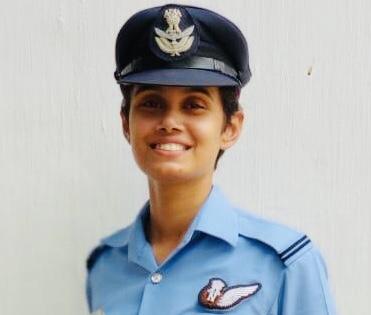

Really an interesting thread. Also goes to show how much an already amazing piece of hardware can benefit from local tech being developed for LCA. This is why local R&D becomes so so so important and essential.basant wrote:Do not remember seeing (or might have missed) an interesting thread posted on Twitter. So I am just reposting the link.
Tweet thread by Firestarter
Firestarter @Firezstarter1
6:19 AM · Jan 20, 2020·
In surge ops, the IAF demonstrated almost cent per cent serviceability, high dispatch rates. Credit for this hoes to the troika of IAF, MOD, HAL and of course, the late RM Mr Parrikar who pushed for HAL to maintain spares stockpiles to raise Su-30 readiness rates. (2/n)
With further agreements with Russia, spares production is now being moved to more Indian firms allowing for more economical linger term maintenance contracts, and even higher readiness rates of the order of 75% and above. (3/n)
What makes the Flanker H so important to the IAF beyond its raw performance, is its combination of persistence, further aided by AAR (the aircraft can themselves carry Cobham UK pods), plus its phenomenal weapons carrying capability (8Tons) and above.
The design is particularly suited for upgrades even though it remains highly potent. Multiple accounts of its performance in India and the west, make mention of both it's long range radar, its raw performance and power, apart from the skill of the Indian pilots who flew them.
The Flankers boast a huge multi-role weapons package. In IAF service, while called Air Dominance platforms by virtue of their primary role, it mustn't be forgotten they field PGMs (Kh-29, KAB-500/1500 EO/LGBs, Griffin LGBs, Kh-59 ASMs), CMs (Brahmos land/antiship), Kh31s ..
The IAF is now adding an entirely new suite of homegrown weapons for long range strike. These include the 100km ranged SAAW (16 per Su30), 100 km, 1Ton glide bombs, and brand new ARMs - NGARM with wideband attack capability.
The domestic upgrades also include a more reliable RWR, to replace the original Russian and Tarang series unit, to be followed by an all new digital design currently in trials, which will be the defacto standard and can even detect LPI radars.
The other upgrades are a new domestic SPJ, based off of the work on the MiG-29 and LCA programs which saw a modular design with different power ratings being fitted to different classes of aircraft. The IAF is pleased with the fit on the MiG29 which bodes well for the Flanker.
A full blown Su-30 upgrade would also include a new radar, new large cockpit displays, either Indian or Russian, based off of the Su35. A new domestic IRST is in the works, and new engines would be added, funds permitting.
In terms of AAM additions, the Su30 will likely receive the ASRAAM, the Astra has been inducted already, addressing the IAFs gap vis a vis the SD10A/AMRAAM C5, but more inductions are also likely, with options such as the Derby ER, to newer Astra variants and the RVV-BD.
The Flankers are already datalinked, they have the Polyot which allows flights of Flankers to share targeting information, designate, attack. However, IAF is now standardizing on it's new Operational Data Link, Israeli hardware/Indian software, a far more advanced system.
With a mix of TVC, HMS and the R73/ASRAAM combination in the close in fight, plus the plethora of BVR options on the table, in service, the Flankers are bound to remain very dangerous opponents for a long while. The 1 mtr dia antenna makes the Flanker radar a potent VLO counter.
In fact, with newer P/AESA tech, higher power alternators, it is very likely the IAF Su30 upgrades will act as long range "eyes" for IAF strike packages in areas where AWACs coverage may not be feasible. And also pick up low observable targets at range.
The IAFs Flankers are nearest in terms of comparison to the F15 E Eagles operated by the USAF and the specialized Eagles used by the IDFAF. Its instructor to watch how the Indian aero industry is using the LCA to propel itself, the same way the Israelis used their Lavi, Kfir.
The original Su-30 MKI used the Mission computer, Display Processor, RWR and other avionics developed for the LCA Tech Demo. Today's Su30s will receive far more advanced systems again developed via the LCA, parallel programs, as upgrades.
The one thing that the IAF has yet not implemented in the Su30, but likely will, over time, are NLOS SATCOM datalinks. These will allow the Su30s to act as distributed mission controllers and soak up, retransmit sensor data they pick up.
India's UAV program under development has a SATCOM datalink, as does its AEW&C. While some of the hardware is imported, increasing familiarity with the tech., in the tactical arena will likely have the IAF move towards using its Flankers as battlefield, C3I managers.
HAL and its private partners are developing swarm drones. More options wre also likely to be available ex-import. The AURA program is picking up steam with GTRE looking towards firming up powerplant development. Latency advantages would support frontline Su30s as controllers.
Then there are the EW roles. The Su30s already carry huge SAP518 SPJs (likely to be replaced by a new Indian unit) and SAP14 escort jammers. With new facilities coming up, and greater experience in fielding high power AESAs, more domestic options are likely.
With a mix of EW, Spice, NGARM, SAAW, Astra - packs of Flankers would act as both Suppressive/Destructive platforms vs opponent AD assets, able to retarget on-the-fly. India recently launched its first ELINT sat for radar data. Has multi-spectral sats for geo-location as well.
In short, the Flanker fleet will remain the backbone of a revamped IAF fleet, able to act as the core of any offensive strike package.
None of this hardware would be as useful as it can be, without the IAF investing heavily in its frontline crews. The IAF now has Full Mission sims for its Flankers set up in AFB. Its Su30 carry ACMI and have participated in exercises across the west and in India.
Looking at the cost these could be indeed the Super Sukhois with Uttam AESA. Another article from last week.Further, addressing the long felt need of the IAF to increase its fighter squadrons, the DAC also approved the proposal for procurement of 21 MIG-29 along with upgradation of existing 59 MIG-29 aircraft and procurement of 12 Su-30 MKI aircraft. While the MIG 29 procurement and upgradation from Russia is estimated to cost Rs 7,418 crore, the Su-30 MKI will be procured from Hindustan Aeronautics Limited (HAL) at an estimated cost of Rs 10,730 crore.
There is an agreement between India and Russia for upgrading the existing fleet of the Su-30 MKI. The aircraft need to be upgraded as from the time they had arrived in India were built to the current specifications and are Generation 4 plus.
In view of the current scenario along the Line of Actual Control, there is an urgent requirement to upgrade these aircraft to deal with the Chinese.
China has Su-35 and J-31 fighter jets.
The IAF plans to upgrade the existing fleet of Su-30 to the level of `Super Sukhoi’ which will be loaded with advanced radars and weapon systems.
Also, there are plans to equip the aircraft with long-range stand-off missiles with a range of 300 km; adding more powerful EW and jamming systems, high-performance engines, multiple ejector Rack, and AESA radar.
Some of the Super Sukhoi Su-30MKI features
* It has been planned to improve the Air Frame with 6,000 flying hours
* With Chassis wheels braking system
* Will have up-graded AL-31F production engines with 5th gen capabilities
* There will be a modern digital weapons control system as well as more advanced anti-jamming features.
No SS imho. It's prolly the entire spares and support package included. This is a relatively new trend with russki procurement, which earlier used to just provide unit cost.Aditya_V wrote:Rs 10,730 crore for 12 Su-30MKI built by HAL - that's $1.4 Billion for 12 aircraft. Is this the Super Sukhoi upgrade - $120 million seems pretty step as the normal Su-30MKI built from raw material comes to USD $70 million a piece?


If only MOD and GOI had understood this earlier.nachiket wrote:The MKI upgrade is far more important than any new acquisition at this point. This is the single largest fleet in the IAF by a wide margin and will continue to remain so for the foreseeable future. Modernizing them will impart a huge capability boost to the IAF at a relatively affordable price. So of course the progress on the upgrade has been frustratingly slow as is usual for all critical requirements. I was hoping that the current Ladakh situation might get the wheels moving but that hasn't happened till now.
Not comparable. Saudi wanted one very specific change (adding full FBW) that required a development and test program to be run as per USAF procedures (and no one else wanted it at the time). Moreover, their offset and domestic upgrade and overhaul depot capacity is nothing more than a contractor operated (or a domestic intermediary essentially outsourcing most of the work to the contractor or OEM) facility so the cost has factored in years if not decades of handholding and work to maintain their fleet (masquerading as domestic A&D set up). India is fully capable of doing all that work using desi expertise, manpower, and program management. Moreover, India is capable of fielding complete sub-systems which can replace many of the foreign components originally included on the aircraft.MeshaVishwas wrote:Looking at the (albeit unique) Saudi upgrade(+ new build) package for their F-15 fleet, we may be looking at a very hefty bill that when implemented, will put ginormous stress on the budget.
Agreed, I was looking at it in terms of numbers and depth of the program(although even the Su may need to move to a digital FBW system from the present analogue variant).brar_w wrote:Not comparable. Saudi wanted one very specific change (adding full FBW) that required a development and test program to be run as per USAF procedures (and no one else wanted it at the time). Moreover, their offset and domestic upgrade and overhaul depot capacity is nothing more than a contractor operated (or a domestic intermediary essentially outsourcing most of the work to the contractor or OEM) facility so the cost has factored in years if not decades of handholding and work to maintain their fleet (masquerading as domestic A&D set up). India is fully capable of doing all that work using desi expertise, manpower, and program management. Moreover, India is capable of fielding complete sub-systems which can replace many of the foreign components originally included on the aircraft.MeshaVishwas wrote:Looking at the (albeit unique) Saudi upgrade(+ new build) package for their F-15 fleet, we may be looking at a very hefty bill that when implemented, will put ginormous stress on the budget.
The UAE Block 60 deal was far more impressive and reasonable in that it was an R&D spend (which included USAF test and evaluation services) and API code access and royalties for export of UAE-funded gear. None of the "questionable" MRO or domestic O&S activities specified by KSA were factored in. What the UAE got was an AESA equipped Viper, with an F-22 inspired cockpit, an AESA based Electronic Warfare and Attack suite, and an upgrade to the targeting, navigation and countermeasure suite. And a new mission computer and greater range. And all of that by 2004/2005 when only one or two aircraft types had an operational AESA anywhere in the world. The then year cost of the R&D program was $3 Billion which I suppose would be around $4-4.2 billion today. It resulted in the single biggest upgrade/leap in capability post F-16C arrival, and the UAE, by 2005, had features that some of the competing aircraft wouldn't get for another decade or more (or in some cases like the Gripen-C and M2K - Never) so that should be used to put the cost in context. Given the IAF's MKI fleet size a $3-5 Billion upgrade package will be amortized over a much larger fleet.MeshaVishwas wrote:Agreed, I was looking at it in terms of numbers and depth of the program(although even the Su may need to move to a digital FBW system from the present analogue variant).brar_w wrote:
Not comparable. Saudi wanted one very specific change (adding full FBW) that required a development and test program to be run as per USAF procedures (and no one else wanted it at the time). Moreover, their offset and domestic upgrade and overhaul depot capacity is nothing more than a contractor operated (or a domestic intermediary essentially outsourcing most of the work to the contractor or OEM) facility so the cost has factored in years if not decades of handholding and work to maintain their fleet (masquerading as domestic A&D set up). India is fully capable of doing all that work using desi expertise, manpower, and program management. Moreover, India is capable of fielding complete sub-systems which can replace many of the foreign components originally included on the aircraft.
No real comparison exists for such eastern origin bird getting upgraded.
One of them being the F2, Japan's F16 variant., the first aesa in a combat fighter, the first co-cured composite in tactical combat fighter etc. The us got access to all the technology,but put in 40% of the costsbrar_w wrote:.. What the UAE got was an AESA equipped Viper, ...when only one or two aircraft types had an operational AESA anywhere in the world. .
viewtopic.php?f=3&t=7625&p=2452418#p2452418Barath wrote:One of them being the F2, Japan's F16 variant., the first aesa in a combat fighter, the first co-cured composite in tactical combat fighter etc.brar_w wrote:.. What the UAE got was an AESA equipped Viper, ...when only one or two aircraft types had an operational AESA anywhere in the world. .
Though with the passage of time, the F16V was able to sidestep the uae royalty. The block 60 wound up with no exports, iirc.
Good try, can't win them all.
Unfortunately we really ought not to be waiting that extra generation for technology to develop elsewhere..
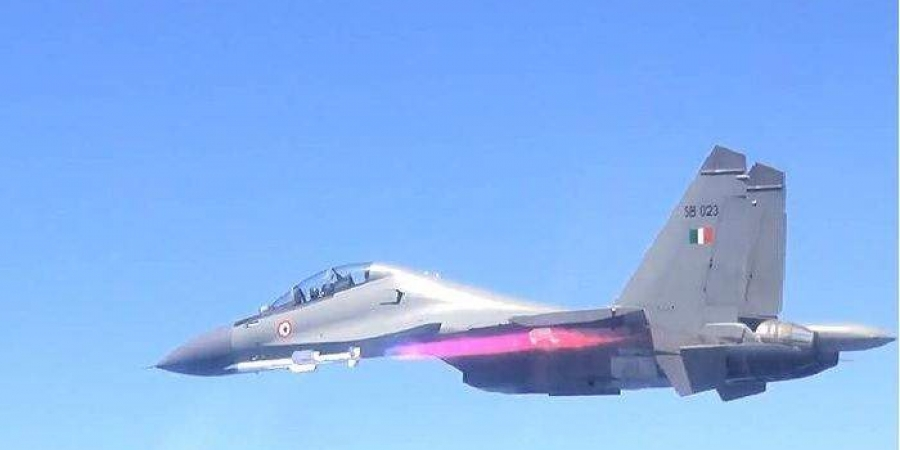
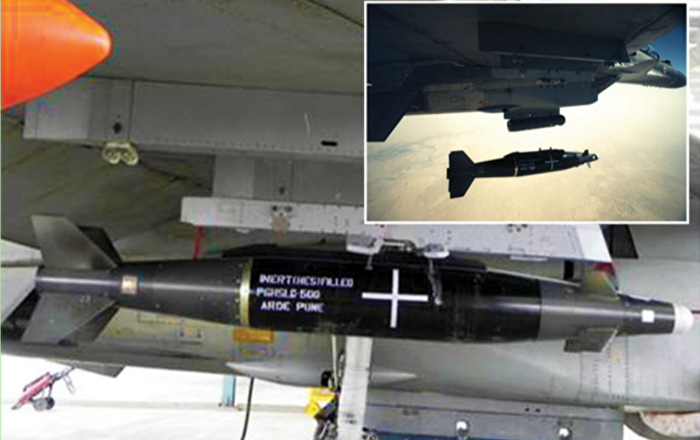
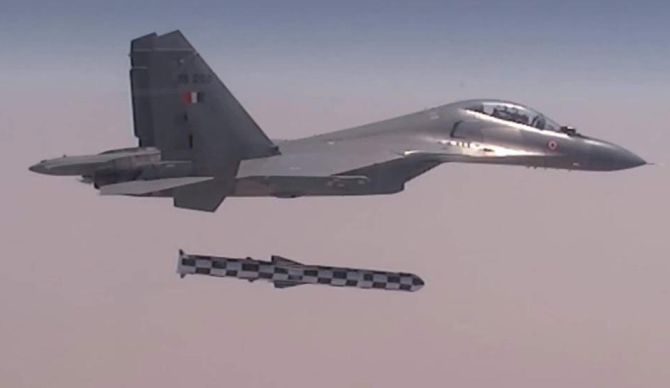
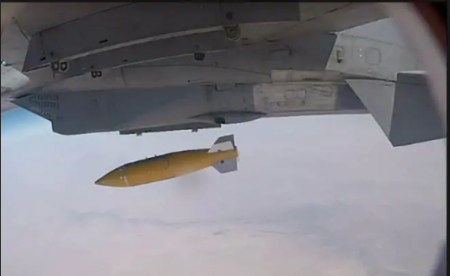
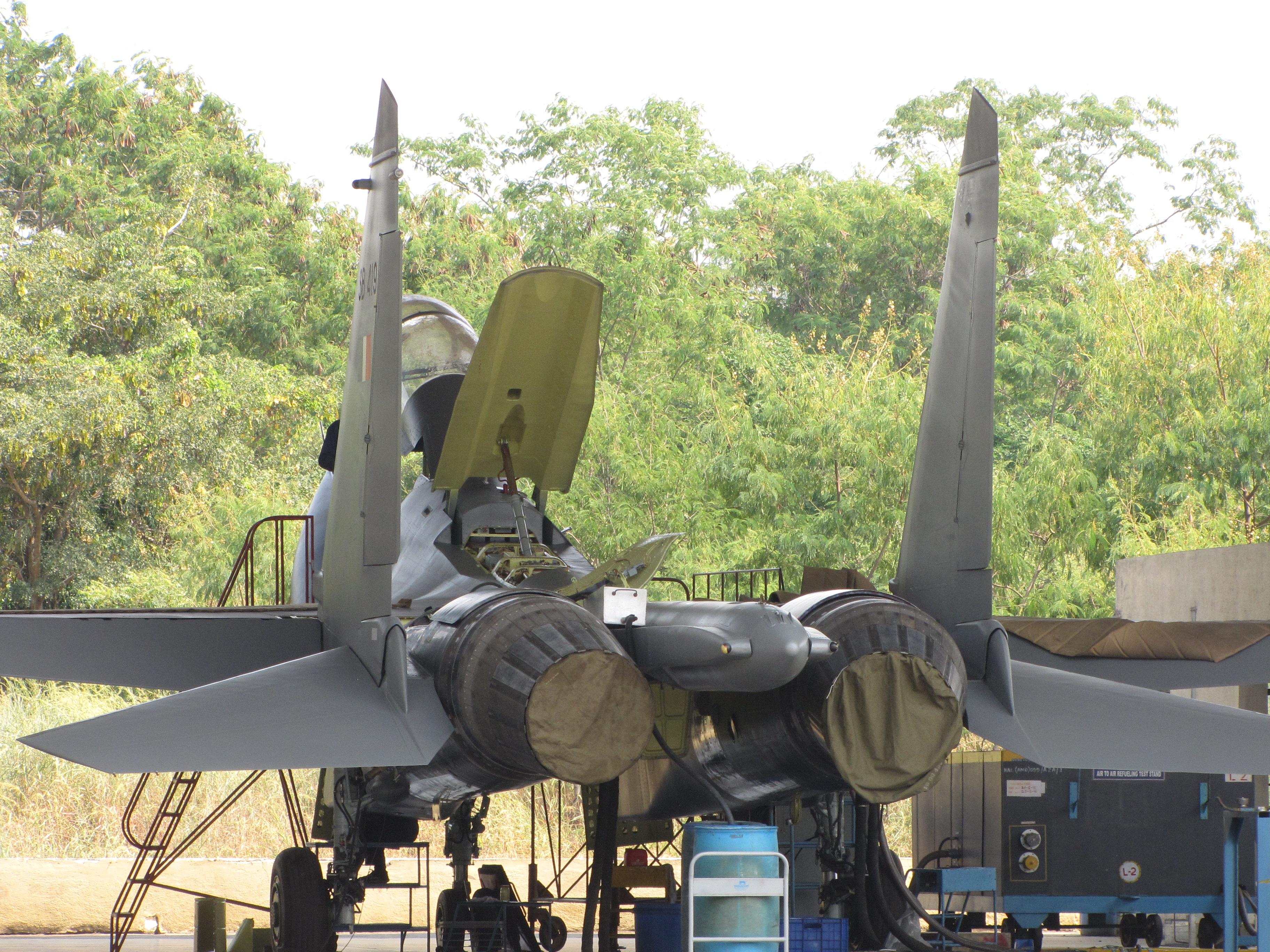
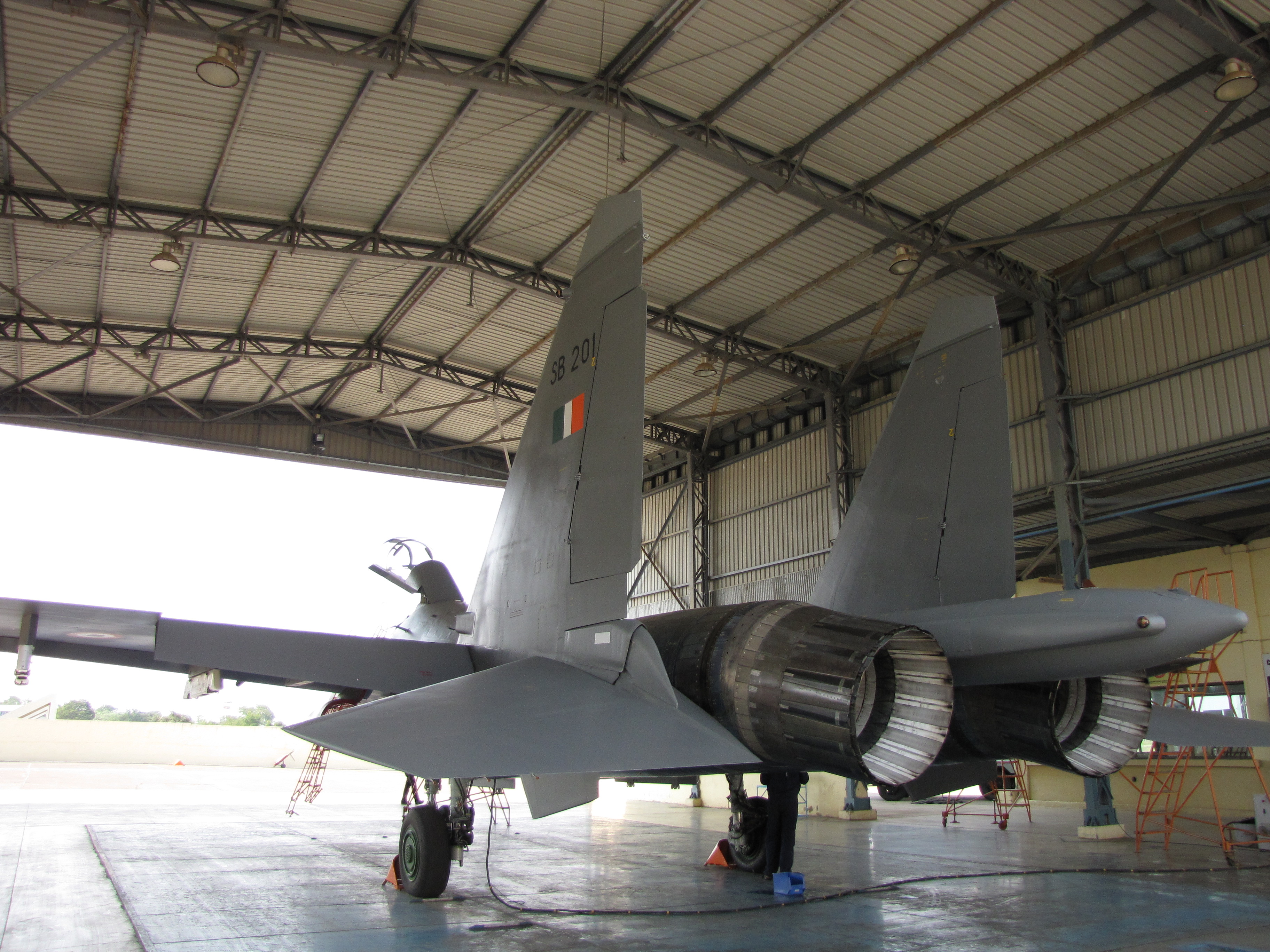
Is it confirmed the latest 12 being built by HAL what variant are they, some say it is the First MKI contract with PBL and life cycle costs, but I find it odd for fleet with 263 flying you would add PBL for the last 12, Why 10K crore for 12 Aircraft- I feel something has not been made public about this deal?Cain Marko wrote:The Russian equivalent of the MKI, the SM just got upgraded...al41s from the 35 and the irbis. Newer weapons as well. This should be the minimal upgrade for the mki as well. Although a bars 2.0 was talked about years ago.
This is the absolute state of some of our defense journalism in India. VAYU the so called oldest aviation mag in India does not know HAL both manufactures and overhauls the Su-30s engines and that merely manufacturing a Su-30 engine does not mean you can automatically make one of your own design. What a comedy.Rakesh wrote:https://twitter.com/ReviewVayu/status/1 ... 16224?s=20 ---> HAL has handed over the 500th AL-31FP overhauled engine to the IAF which are mounted on its front line fighter aircraft Su-30MKI. It has been done by the Koraput Division of HAL.
https://twitter.com/jaypatelz2/status/1 ... 35072?s=20 ---> If they know & have the expertise to manufacture engines for sukhoi, why can't they develop our own engine for Tejas?
https://twitter.com/ReviewVayu/status/1 ... 87077?s=20 ---> They're overhauling them and not manufacturing it.
Not so sure what the IAF will get. My guess is that they'll either go with the SM upgrade (now) with Desi inputs or wait for pkafa engines and radar to mature (later).Aditya_V wrote:Is it confirmed the latest 12 being built by HAL what variant are they, some say it is the First MKI contract with PBL and life cycle costs, but I find it odd for fleet with 263 flying you would add PBL for the last 12, Why 10K crore for 12 Aircraft- I feel something has not been made public about this deal?Cain Marko wrote:The Russian equivalent of the MKI, the SM just got upgraded...al41s from the 35 and the irbis. Newer weapons as well. This should be the minimal upgrade for the mki as well. Although a bars 2.0 was talked about years ago.
what is the Break up of this acquisition price, there has to be something behind the increased cost- what is it?
Hmm... Could very well be. There seems to be marked improvement on 117s engines vs the 31fps in terms of maintenance/service life although I'm not sure how this translated to reality.nachiket wrote:From what HVT sir said on twitter, they are not looking at an engine upgrade right now. I am not sure why, but perhaps it is because of IAF's terrible experience with the AL-31F reliability. AM Nambiar mentioned this in his interview with Shiv Aroor. ALmost 930 engines have been built for 270 MKI's. The failure rate is that high. Now that HAL is finally building the AL-31's with a high level of indigenous content IAF probably doesn't want to switch to a new engine and start the process all over again, because they are sure the experience with the new engines will be the same. This is my speculation of course.
Indeed. And we dont know whether there was radar spoofing or other EWS that further did the Pakis in.Rakesh wrote:The only reason why the NaPakis launched their AMRAAMs and the IAF did not, is because the latter was still following a guideline of ROEs.
There is nothing else to it. That is the plain and simple truth, despite all the statements otherwise.
Simple Question (Think about this) ---> When the PAF launched their AMRAAMs...why did they not hit their mark? 4 - 5 missiles were launched at individual IAF planes. Why do we not have 4 - 5 wreckages?
Thanks Rakesh san!Rakesh wrote:Yes for ROE set in place